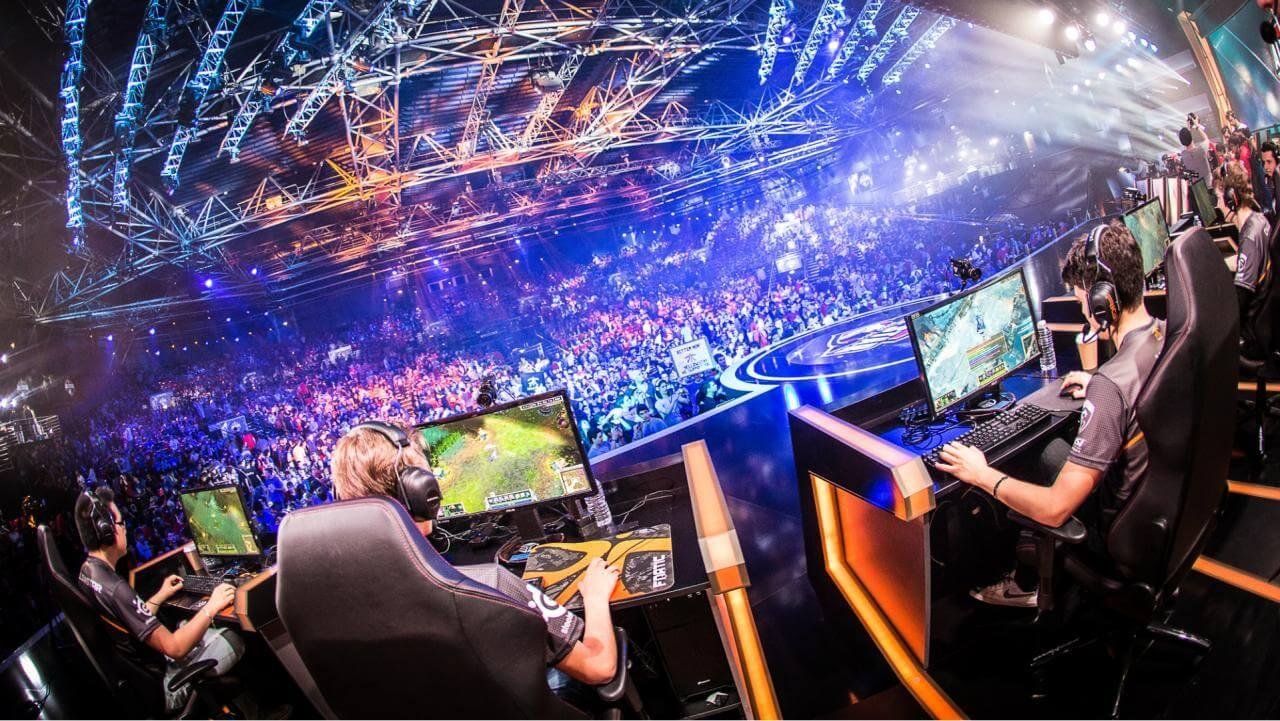A Strategic Analysis of the Competitive Landscape and Global Esports Market Share

Understanding the distribution of the Esports Market Share requires a nuanced approach, as dominance can be measured in several different ways: by the popularity of a specific game, the viewership of a particular streaming platform, or the revenue generated in a specific region. The market is not a monolith but a collection of distinct ecosystems, each with its own leaders and competitive dynamics. This intense competition is fueled by the immense strategic and financial value at stake within an industry that continues to experience explosive growth. The entire sector is expanding rapidly, with forecasts indicating a sustained growth rate of approximately 13.93% per year is expected between 2025 and 2035, making every percentage point of market share a fiercely contested prize.
When analyzing market share by game publisher, a clear rivalry exists between a few key titans who control the most popular esports titles. Riot Games, a subsidiary of Tencent, holds a massive share of the market with its globally dominant titles, League of Legends and Valorant. These games boast some of the largest and most professionally structured leagues in the world. Valve Corporation is another major player, with its iconic titles Dota 2 and Counter-Strike: Global Offensive commanding huge audiences and featuring some of the largest prize pools in esports history. Other publishers, like Activision Blizzard with its Call of Duty and Overwatch leagues, and Epic Games with its Fortnite competitive scene, also hold significant but more focused shares of the market. The strategic decisions made by these few companies have a profound impact on the entire competitive landscape.
The battle for market share among streaming platforms is another critical dimension of the competitive environment. For years, Amazon's Twitch has been the undisputed king of esports broadcasting, capturing the majority of live viewership hours with its deep-rooted community features and a vast network of partnered streamers and official league channels. However, Google's YouTube Gaming has emerged as a formidable competitor, leveraging its massive user base and investing heavily in securing exclusive media rights for major leagues, such as the Call of Duty League and the Overwatch League. While other platforms like Facebook Gaming have attempted to enter the fray, the market share for live esports viewership is largely a two-horse race between Twitch and YouTube, with their competition driving innovation and value for the entire ecosystem.
From a regional perspective, the distribution of market share is heavily skewed towards the Asia-Pacific (APAC) region. China alone represents the largest single esports market in the world, accounting for a substantial portion of global revenue and viewership. South Korea is another traditional powerhouse with a long and storied history in professional gaming. Combined, the APAC region holds a dominant share of the global market. North America and Europe are the next largest markets, with mature professional scenes and high average revenue per user. However, the fastest growth is occurring in emerging markets like Southeast Asia and Latin America, where the proliferation of mobile esports is rapidly expanding the audience and creating new opportunities for growth, promising to reshape the global distribution of market share in the coming years.
Explore Our Latest Trending Reports:
Germany Quantum Computing Market







